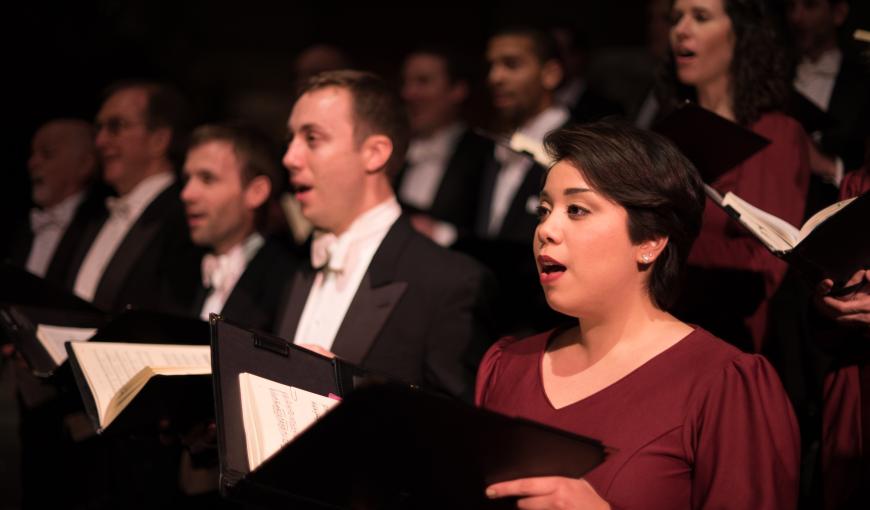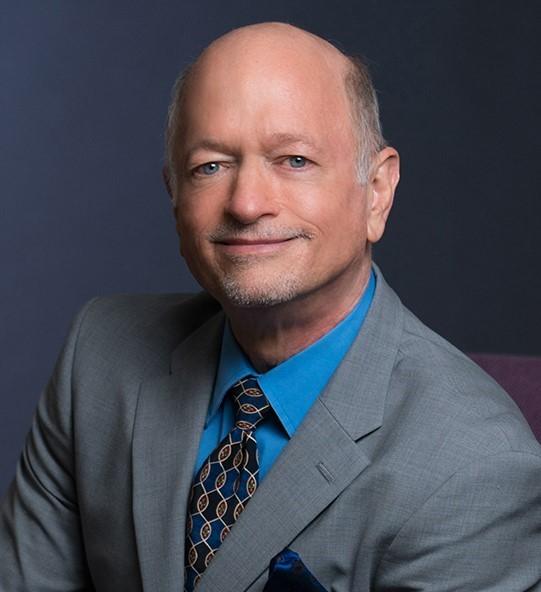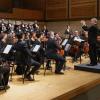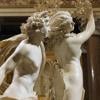
In his final completed work, the Mass in B Minor, J.S. Bach pulled out all the stops. Florid vocal solos and duets, multipart choruses, and virtuosic instrumental work serve a score rich in polyphony and spiritual passion. For listeners and performers alike, the discoveries are inexhaustible.
Returning to one of its megahits amid its annual summer festival, American Bach Soloists drew a sold-out crowd to San Francisco’s St. Mark’s Church on Sunday, July 30. The audience responded to this Bach Mass with the Baroque lover’s equivalent of a pop star’s ovations. Thunderous applause and shouted affirmations filled the reverberant sanctuary. Watch your back, Taylor Swift.
As it turned out, it wasn’t the five solo headliners who made the big splash. From start to a captivating eight-part finish, the American Bach Cantorei dazzled and delivered in every respect. Under Artistic Director Jeffrey Thomas’s baton, the chorus sang with clarity, transparency, urgency, and exquisite technical command. Every entrance and cutoff felt at once precise and perfectly natural, as if all were moved as one by the text’s songs of praise, pleas for God’s mercy, exaltation, and terror at the story of Jesus’s suffering.
Vibrant as the singers were in the first part of the performance — the Gloria, brightened by the trumpets and timpani, was one gleaming high point — the chorus did its finest work in the setting of the Nicene Creed that came just after intermission. In a sequence of three numbers that compresses the life, death, and resurrection into a brief, intense passage, the singers captured the narrative and dramatic heart of the work. Deployed in a long arc behind the orchestra, the chorus hissed out the sibilant “crucifixus” with a singular sense of hushed gravity.
Even as the Mass reached its closing hosannas and invocations of peace, the visceral reality of Christ’s death on the cross remained. In both musical and liturgical terms, Bach’s Mass not only contains multitudes but seems to keep them simultaneously present. The fugues and endlessly evolving counterpoint become a kind of perpetual engine of a fully embodied faith.

Thomas, as deeply immersed in the composer as anyone, made those virtues apparent. His orchestra performed with crispness, restraint, and powerful surges as the moment required. Balances were expertly maintained. Multiple instrumental solos partnered gracefully with the vocal numbers.
The five vocal soloists, to varying degrees, offered pleasing contributions. Soprano Hélène Brunet and mezzo-soprano Sarah Coit entwined sweetly, if sometimes a bit softly, in the Kyrie. Agnes Vojtko used her dark-hued alto to telling effect, some range problems aside. Tenor Aaron Sheehan was at his best in an exuberant Benedictus near the end. Bass-baritone Christian Pursell, singing from an iPad score, rarely lifted his eyes from the screen, compromising his connection to the audience. Tech skeptics must have taken note.
After singing in four and five parts, the chorus becomes an eight-part double chorus in the final, thrilling portion of the Mass. The singers had to shuffle around in new configurations to carry off this feat. Faces beaming and focused, they polished off the evening with antiphonal interplay, lustrous harmonies, and the full force of “Hosanna in the highest.”




